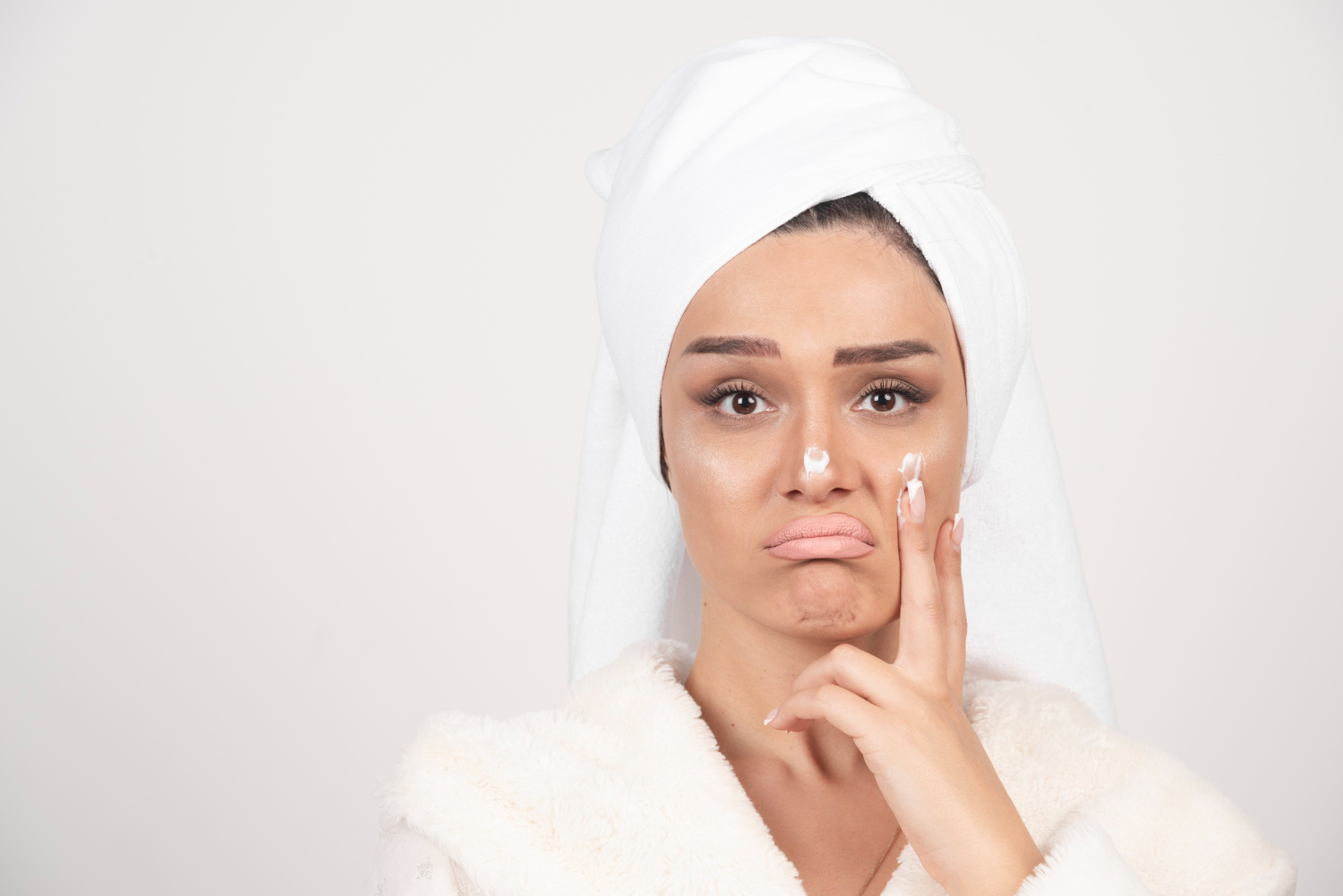Myths and Facts About Chemical Peels: Separating Truth from Fiction

Chemical peels are skin-resurfacing treatments that help to remove the outermost layers of the skin.This involves applying a solution of exfoliating acids to stimulate the growth of new, healthier skin cells, leading to a smoother, more radiant complexion. Chemical peels are commonly used to address a variety of skin concerns like:
-
Fine lines
-
Wrinkles
-
Acne scars
-
Hyperpigmentation
-
Uneven skin texture
They range from mild peels, which gently exfoliate the surface, to deeper peels that target more significant skin issues. By promoting cell turnover and collagen production, chemical peels can significantly improve the overall appearance and health of the skin.There are several myths surrounding chemical peels, which can create confusion and hesitation about trying this effective skin treatment. However, it's important to separate fact from fiction. By understanding the truth behind these common misconceptions, you can make informed decisions and appreciate the real benefits that chemical peels offer for rejuvenating and enhancing your skin
Myth 1: Chemical Peels Are Too Harsh for All Skin Types
Debunked: They are available in various strengths and formulations even though chemical peels involve the application of acids to the skin.Dermatologists can customize peels for different skin types based on skin sensitivity, ensuring safe and effective results even for sensitive skin.
Myth 2: Chemical Peels Cause Skin to Peel Off in Large Sheets
Debunked: The idea that chemical peels cause dramatic, noticeable peeling like in movies is largely exaggerated. Over several days most peels cause subtle flaking or shedding rather than large sheets of skin peeling off. Deep peels may cause more significant peeling, but this is closely monitored by a professional.
Myth 3: Chemical Peels Are Only for Aging Skin
Debunked: Peels can be tailored to address a variety of skin concerns, not just aging.
While chemical peels are effective for reducing signs of aging, they are also beneficial for treating acne, hyperpigmentation, sun damage, and uneven skin tone.
Myth 4: One Chemical Peel Is Enough for Perfect Skin
Debunked: Multiple sessions of chemical peels are required for optimal results, especially when treating specific issues like acne scars or deep wrinkles. Skin improvements are gradual, and consistent treatment is often necessary to achieve desired outcomes.
Myth 5: Chemical Peels Make Your Skin Thinner and More Sensitive
Debunked: Chemical peels actually stimulate collagen production and skin renewal, which can strengthen the skin over time. While there may be temporary sensitivity after a peel, this is part of the healing process, and the skin often becomes more resilient afterward with proper care.
Myth 6: Chemical Peels Are Unsafe
Debunked: When performed by a qualified and licensed dermatologist or professionals, chemical peels are safe as they ensure the peel is appropriate for your skin type and condition . Complications are rare and usually result from improper application or not following post-care instructions.
Myth 7: At-Home Chemical Peels Are Just as Effective as Professional Ones
Debunked: At-home, peels are usually much milder than professional treatments, which means they may not deliver the same results. Professional peels are tailored to individual skin needs and are administered by trained experts who can monitor the skin’s response and adjust treatment accordingly.
Conclusion:
However, it's important to separate fact from fiction. By understanding the truth behind these common misconceptions, you can make informed decisions and appreciate the real benefits that chemical peels offer for rejuvenating and enhancing your skin.















